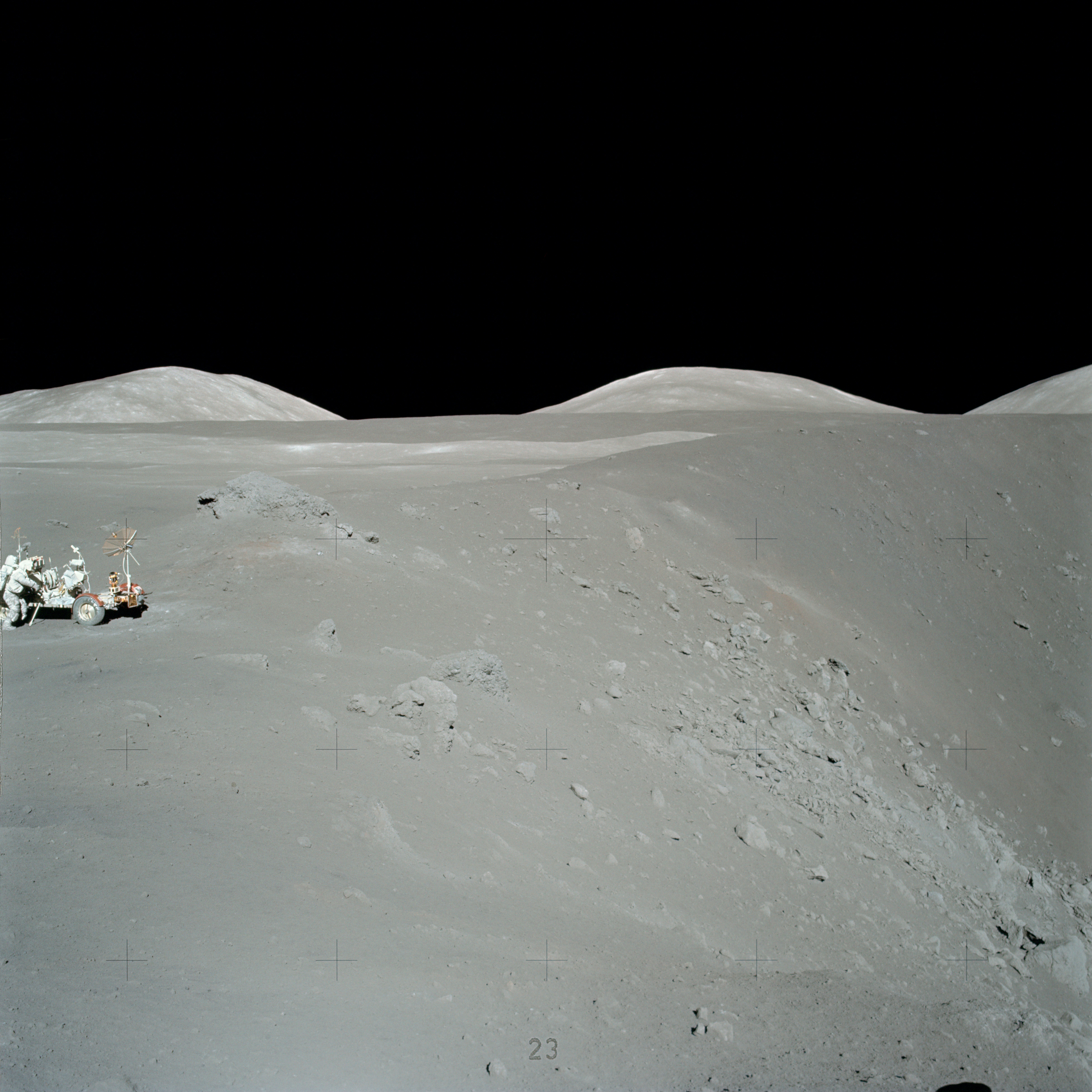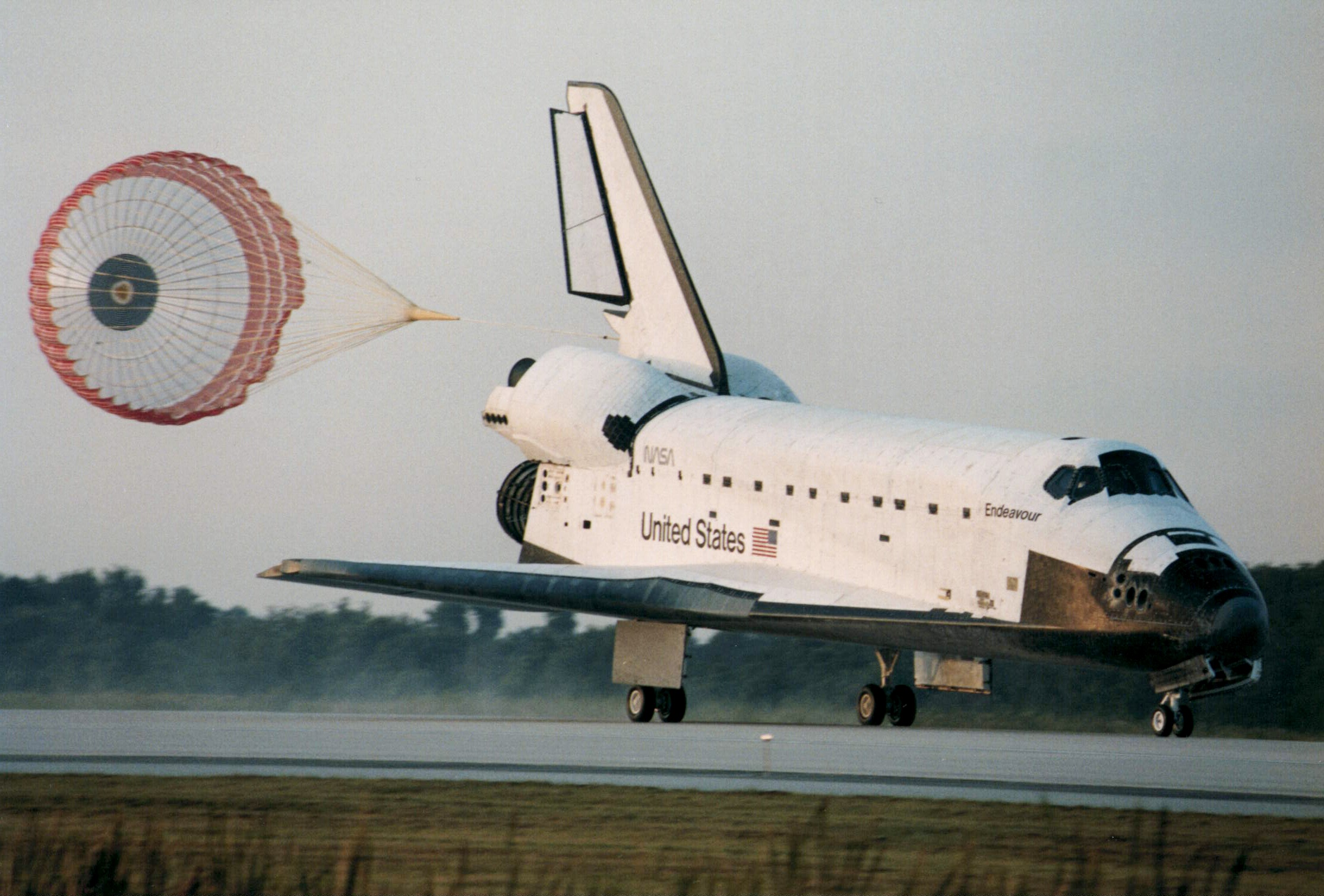|
Luna E-8-5M No.412
Luna E-8-5M No.412, also known as Luna Ye-8-5M No.412, and sometimes identified by NASA as Luna 1975A, was a Soviet spacecraft which was lost in a launch failure in 1975. It was a Luna E-8-5M spacecraft, the second of three to be launched. It was intended to perform a soft landing on the Moon, collect a sample of lunar soil, and return it to the Earth. Luna E-8-5M No.412 was launched at 04:04:56 UTC on 16 October 1975 atop a Proton-K 8K78K launch vehicle with a Blok D-1 upper stage, flying from Site 81/23 at the Baikonur Cosmodrome. The Blok D stage experienced a failure of the LOX turbopump and so the probe did not reach orbit. Prior to the release of information about its mission, NASA correctly identified that it had been an attempted sample return mission. They believed that it was intended to land in Mare Crisium, which was the target for both the Luna 23 and Luna 24 ''Luna 24'' was a robotic probe of the Soviet Union's Luna programme. The last of the Luna series ... [...More Info...] [...Related Items...] OR: [Wikipedia] [Google] [Baidu] |
Luna Programme
The Luna programme (from the Russian word "Luna" meaning "Moon"), occasionally called ''Lunik'' by western media, was a series of robotic spacecraft missions sent to the Moon by the Soviet Union between 1959 and 1976. Fifteen were successful, each designed as either an orbiter or lander, and accomplished many firsts in space exploration. They also performed many experiments, studying the Moon's chemical composition, gravity, temperature, and radiation. Twenty-four spacecraft were formally given the Luna designation, although more were launched. Those that failed to reach orbit were not publicly acknowledged at the time, and not assigned a Luna number. Those that failed in low Earth orbit were usually given Cosmos designations. The estimated cost of the Luna programme in 1964 was US$6–10 billion. Mission types The name ''Luna'' was used to designate a variety of spacecraft designs, to achieve several types of missions: Impactors Impactor spacecraft are designed to h ... [...More Info...] [...Related Items...] OR: [Wikipedia] [Google] [Baidu] |
Soviet Union
The Soviet Union,. officially the Union of Soviet Socialist Republics. (USSR),. was a List of former transcontinental countries#Since 1700, transcontinental country that spanned much of Eurasia from 1922 to 1991. A flagship communist state, it was nominally a Federation, federal union of Republics of the Soviet Union, fifteen national republics; in practice, both Government of the Soviet Union, its government and Economy of the Soviet Union, its economy were highly Soviet-type economic planning, centralized until its final years. It was a one-party state governed by the Communist Party of the Soviet Union, with the city of Moscow serving as its capital as well as that of its largest and most populous republic: the Russian Soviet Federative Socialist Republic, Russian SFSR. Other major cities included Saint Petersburg, Leningrad (Russian SFSR), Kyiv, Kiev (Ukrainian Soviet Socialist Republic, Ukrainian SSR), Minsk (Byelorussian Soviet Socialist Republic, Byelorussian SSR), Tas ... [...More Info...] [...Related Items...] OR: [Wikipedia] [Google] [Baidu] |
Sample Return Missions
Sample or samples may refer to: Base meaning * Sample (statistics), a subset of a population – complete data set * Sample (signal), a digital discrete sample of a continuous analog signal * Sample (material), a specimen or small quantity of something * Sample (graphics), an intersection of a color channel and a pixel * SAMPLE history, a mnemonic acronym for questions medical first responders should ask * Product sample, a sample of a consumer product that is given to the consumer so that he or she may try a product before committing to a purchase * Standard cross-cultural sample, a sample of 186 cultures, used by scholars engaged in cross-cultural studies People * Sample (surname) * Samples (surname) * Junior Samples (1926–1983), American comedian Places * Sample, Kentucky, unincorporated community, United States * Sampleville, Ohio, unincorporated community, United States * Hugh W. and Sarah Sample House, listed on the National Register of Historic Places in Iowa, Un ... [...More Info...] [...Related Items...] OR: [Wikipedia] [Google] [Baidu] |
1975 In Spaceflight
In 1975 several notable events happened in spaceflight such as the launch and arrival at Venus of Venera 9 and 10, the launch to Mars of the Viking orbiter/landers missions, the joint Apollo–Soyuz Test Project, and the launch of satellite Aryabhatta. *The Venera 9 mission was launched 8 June 1975 and on 20 October 1975 became the first spacecraft to orbit Venus; two days later its lander returned the first images from the surface of any planet (other than Earth). * Venera 10 was launched on 14 June 1975; it entered orbit of Venus on 23 October 1975 and its lander arrived on the surface of Venus on 25 October 1975. Both Venera 9 and Venera 10 returned various scientific observations of Venus and black-and-white television pictures from the planet's surface. *''Viking 1'' was launched on 20 August 1975 and ''Viking 2'' was launched 9 September 1975. This orbiter/lander mission was to photograph the surface of Mars in 1976. *The Apollo-Soyuz saw an end to the space race with ... [...More Info...] [...Related Items...] OR: [Wikipedia] [Google] [Baidu] |
1975 In The Soviet Union
It was also declared the '' International Women's Year'' by the United Nations and the European Architectural Heritage Year by the Council of Europe. Events January * January 1 - Watergate scandal (United States): John N. Mitchell, H. R. Haldeman and John Ehrlichman are found guilty of the Watergate cover-up. * January 2 ** The Federal Rules of Evidence are approved by the United States Congress. ** Bangladesh revolutionary leader Siraj Sikder is killed by police while in custody. ** A bomb blast at Samastipur, Bihar, India, fatally wounds Lalit Narayan Mishra, Minister of Railways. * January 5 – Tasman Bridge disaster: The Tasman Bridge in Hobart, Tasmania, Australia, is struck by the bulk ore carrier , killing 12 people. * January 7 – OPEC agrees to raise crude oil prices by 10%. * January 10– February 9 – The flight of ''Soyuz 17'' with the crew of Georgy Grechko and Aleksei Gubarev aboard the ''Salyut 4'' space station. * January 15 – Alvor Agree ... [...More Info...] [...Related Items...] OR: [Wikipedia] [Google] [Baidu] |
NASA
The National Aeronautics and Space Administration (NASA ) is an independent agency of the US federal government responsible for the civil space program, aeronautics research, and space research. NASA was established in 1958, succeeding the National Advisory Committee for Aeronautics (NACA), to give the U.S. space development effort a distinctly civilian orientation, emphasizing peaceful applications in space science. NASA has since led most American space exploration, including Project Mercury, Project Gemini, the 1968-1972 Apollo Moon landing missions, the Skylab space station, and the Space Shuttle. NASA supports the International Space Station and oversees the development of the Orion spacecraft and the Space Launch System for the crewed lunar Artemis program, Commercial Crew spacecraft, and the planned Lunar Gateway space station. The agency is also responsible for the Launch Services Program, which provides oversight of launch operations and countdown m ... [...More Info...] [...Related Items...] OR: [Wikipedia] [Google] [Baidu] |
Journalism
Journalism is the production and distribution of reports on the interaction of events, facts, ideas, and people that are the "news of the day" and that informs society to at least some degree. The word, a noun, applies to the occupation (professional or not), the methods of gathering information, and the organizing literary styles. Journalistic media include print, television, radio, Internet, and, in the past, newsreels. The appropriate role for journalism varies from countries to country, as do perceptions of the profession, and the resulting status. In some nations, the news media are controlled by government and are not independent. In others, news media are independent of the government and operate as private industry. In addition, countries may have differing implementations of laws handling the freedom of speech, freedom of the press as well as slander and libel cases. The proliferation of the Internet and smartphones has brought significant changes to the media ... [...More Info...] [...Related Items...] OR: [Wikipedia] [Google] [Baidu] |
Blok D-1
Blok D (russian: Блок Д meaning Block D) is an upper stage used on Soviet and later Russian expendable launch systems, including the N1, Proton-K and Zenit. The stage (and its derivatives) has been included in more than 320 launched rockets . By 2002 its modification Blok DM had a 97% success rate in 218 flights since 1974, and 43 successful missions in 1997–2002. The stage was developed in 1960s as the fifth stage (' Д' is the fifth letter in the Cyrillic alphabet) for the Soviet Moonshot N1 rocket. The stage first flew in March 1967 while testing Zond of the moonshot program system. During manned lunar flight Blok D would be used for mid-course corrections on the flight to the Moon, then to place the lunar orbiter and lander into a lunar orbit, and decelerate moon-lander out onto its landing trajectory. Blok D was also included as fourth stage of Proton-K and as such flew on unmanned Soviet missions to Moon, Mars (Mars 3) and Venus. It was used in the Proton-K c ... [...More Info...] [...Related Items...] OR: [Wikipedia] [Google] [Baidu] |
Launch Vehicle
A launch vehicle or carrier rocket is a rocket designed to carry a payload (spacecraft or satellites) from the Earth's surface to outer space. Most launch vehicles operate from a launch pads, supported by a launch control center and systems such as vehicle assembly and fueling. Launch vehicles are engineered with advanced aerodynamics and technologies, which contribute to large operating costs. An orbital launch vehicle must lift its payload at least to the boundary of space, approximately and accelerate it to a horizontal velocity of at least . Suborbital vehicles launch their payloads to lower velocity or are launched at elevation angles greater than horizontal. Practical orbital launch vehicles are multistage rockets which use chemical propellants such as solid fuel, liquid hydrogen, kerosene, liquid oxygen, or Hypergolic propellants. Launch vehicles are classified by their orbital payload capacity, ranging from small-, medium-, heavy- to super-heavy lift ... [...More Info...] [...Related Items...] OR: [Wikipedia] [Google] [Baidu] |
Sample Return Mission
A sample-return mission is a spacecraft mission to collect and return samples from an extraterrestrial location to Earth for analysis. Sample-return missions may bring back merely atoms and molecules or a deposit of complex compounds such as loose material and rocks. These samples may be obtained in a number of ways, such as soil and rock excavation or a collector array used for capturing particles of solar wind or cometary debris. Nonetheless, concerns have been raised that the return of such samples to planet Earth may endanger Earth itself. To date, samples of Moon rock from Earth's Moon have been collected by robotic and crewed missions, the comet Wild 2 and the asteroids 25143 Itokawa and 162173 Ryugu have been visited by robotic spacecraft which returned samples to Earth, and samples of the solar wind have been returned by the robotic ''Genesis'' mission. Samples from the asteroid 101955 Bennu are en route back to Earth and are expected to arrive in September 2023. In ... [...More Info...] [...Related Items...] OR: [Wikipedia] [Google] [Baidu] |
Lunar Soil
Lunar soil is the fine fraction of the regolith found on the surface of the Moon. Its properties can differ significantly from those of terrestrial soil. The physical properties of lunar soil are primarily the result of mechanical disintegration of basaltic and anorthositic rock, caused by continual meteoric impacts and bombardment by solar and interstellar charged atomic particles over billions of years. The process is largely one of mechanical weathering in which the particles are ground to progressively finer size over time. This situation contrasts fundamentally to terrestrial dirt formation, mediated by the presence of molecular oxygen (O2), humidity, atmospheric wind, and a robust array of contributing biological processes. ''Lunar soil'' typically refers to only the finer fraction of lunar regolith, which is composed of grains 1 cm in diameter or less, but is often used interchangeably. Lunar dust generally connotes even finer materials than ''lunar soil''. There is ... [...More Info...] [...Related Items...] OR: [Wikipedia] [Google] [Baidu] |
Soft Landing (rocketry)
A soft landing is any type of aircraft, rocket or spacecraft landing that does not result in significant damage to or destruction of the vehicle or its payload, as opposed to a hard landing. The average vertical speed in a soft landing should be about per second or less. A soft landing can be achieved by * Parachute—often this is into water. * Vertical rocket power using retrorockets, often referred to as VTVL (vertical landing referred to as VTOL, is usually for aircraft landing in a level attitude, rather than rockets) — first achieved on a suborbital trajectory by Bell Rocket Belt and on an orbital trajectory by the Surveyor 1. * Horizontal landing, most aircraft and some spacecraft, such as the Space Shuttle, land this way. * Being caught in midair, as done with Corona spy satellites and followed by some other form of landing. * Reducing landing speed by impact with the body's surface, known as lithobraking Lithobraking is a whimsical euphemism used by spa ... [...More Info...] [...Related Items...] OR: [Wikipedia] [Google] [Baidu] |






